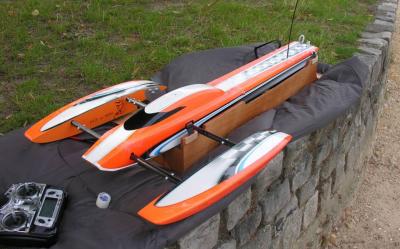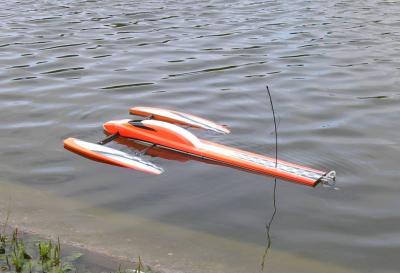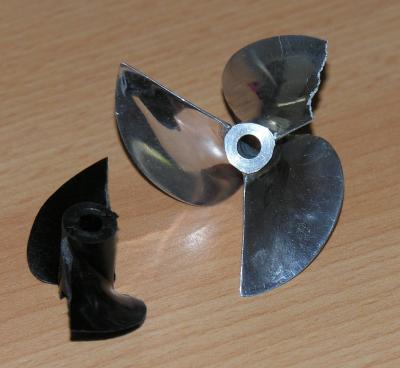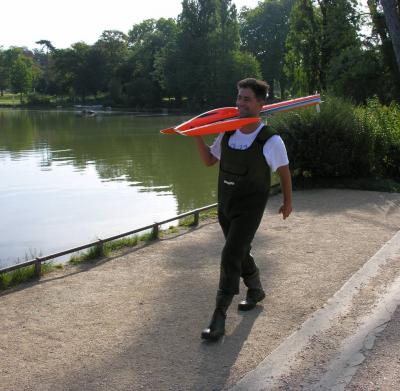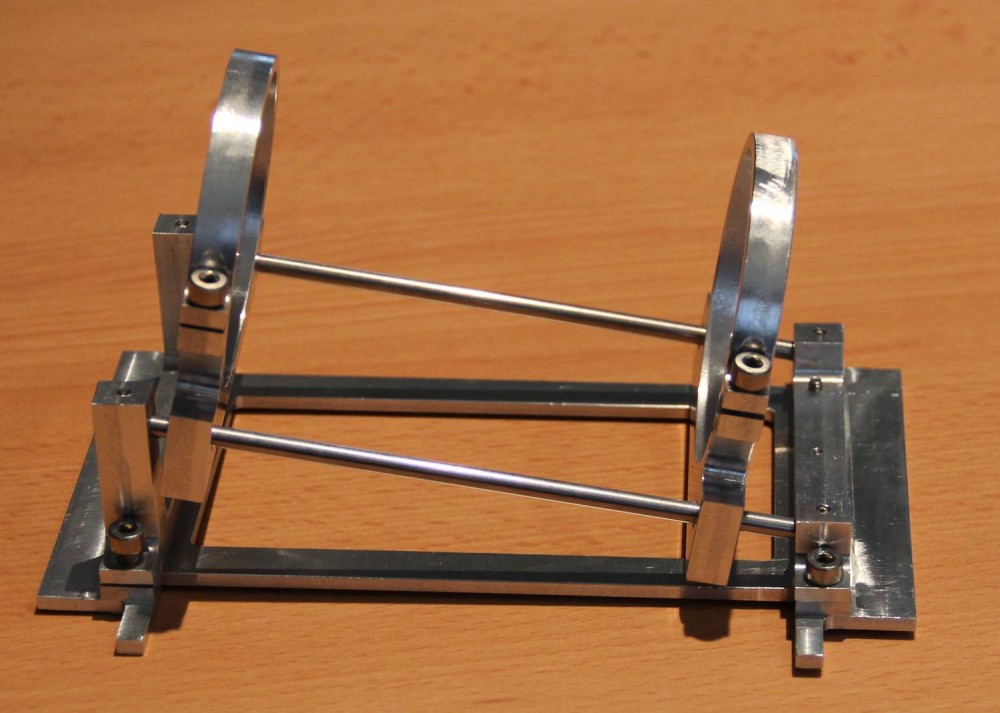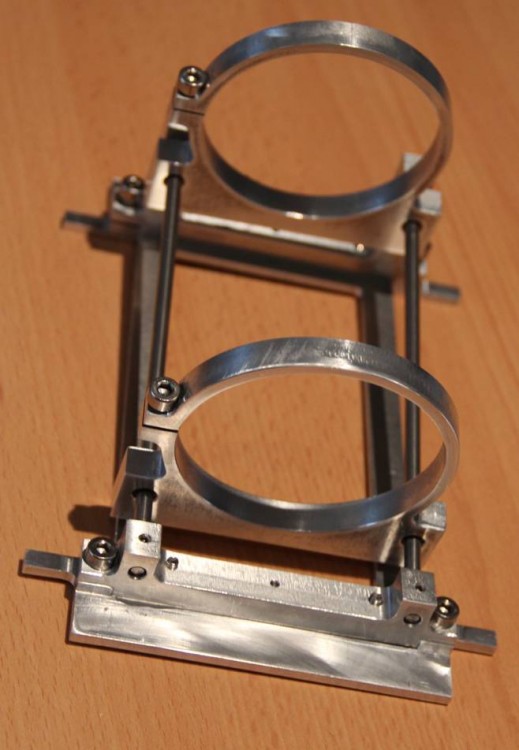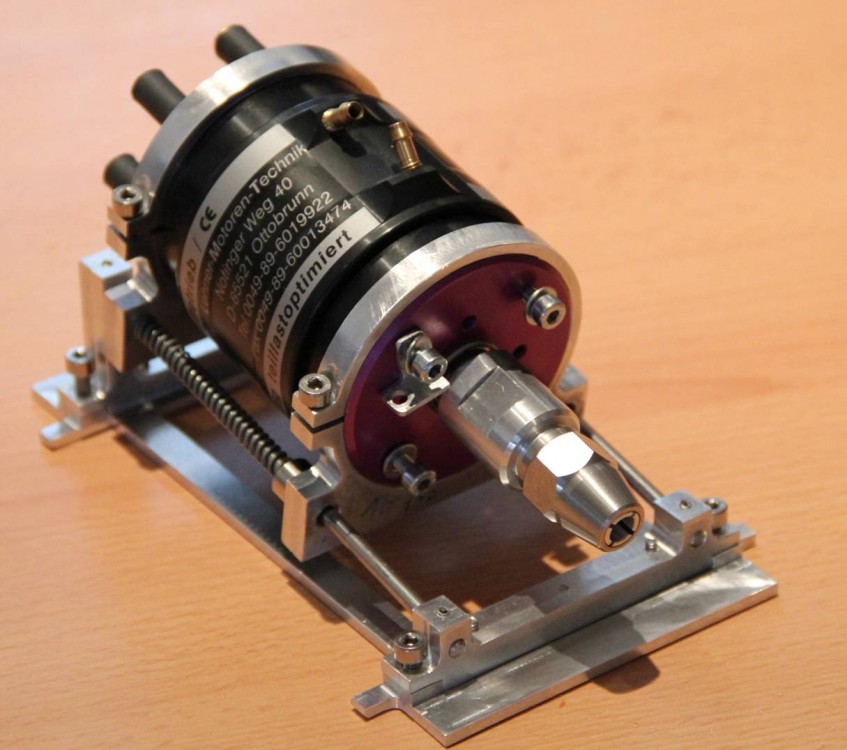AlanN
Well-Known Member
- Joined
- Feb 28, 2005
- Messages
- 387
This is most likely the problem. Long straight sections of the stuffing tube usually allow the cable to whip. On lower RPM gas boats it usually is not an issue (besides you cant hear it whipping in a gasser but you can measure the temp of the stuffing tube). But on higher RPM motors the .250 cables want to whip. You can get smaller ID brass tubing if you want to keep the straightness in your stuffing tube. Or if you want to keep the same diameter brass tubing an s bend will work. I also highly reccomend an oiler.t : the brass tube is almost straight.




